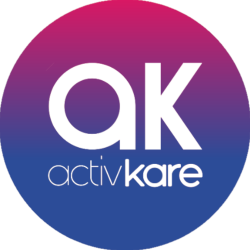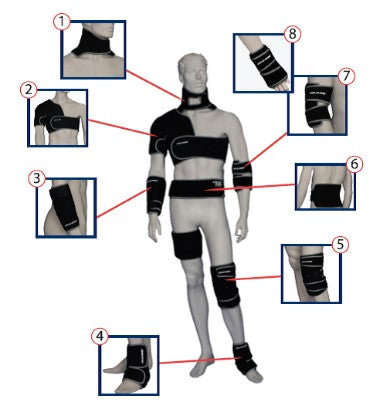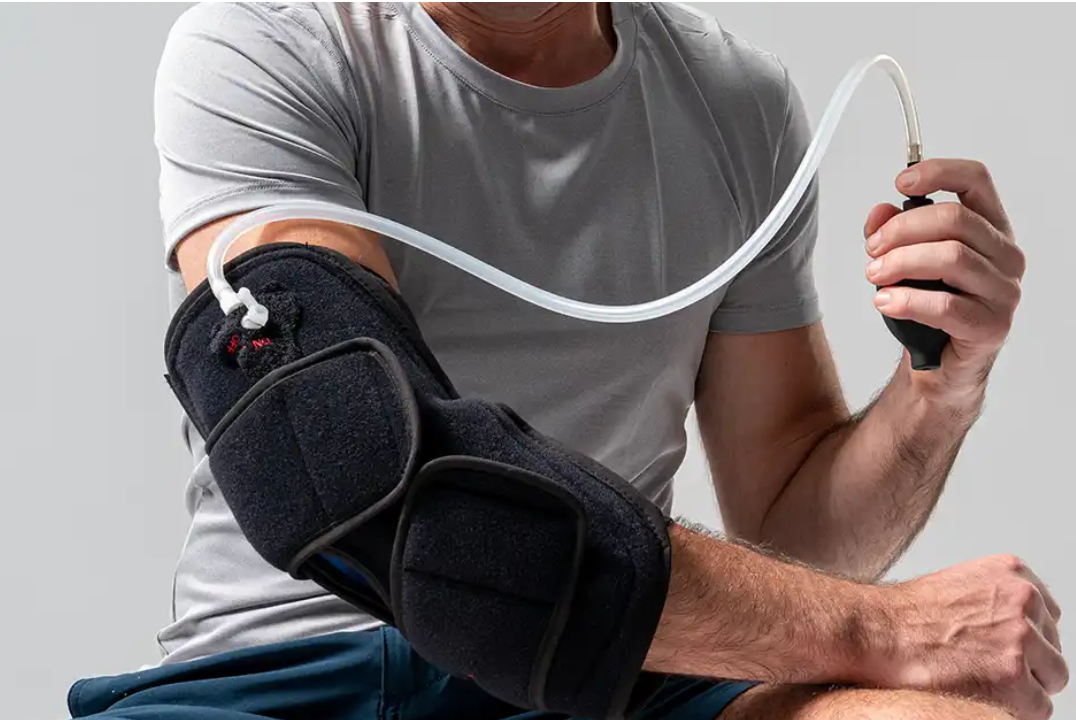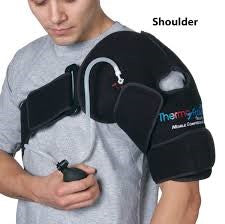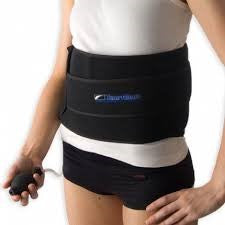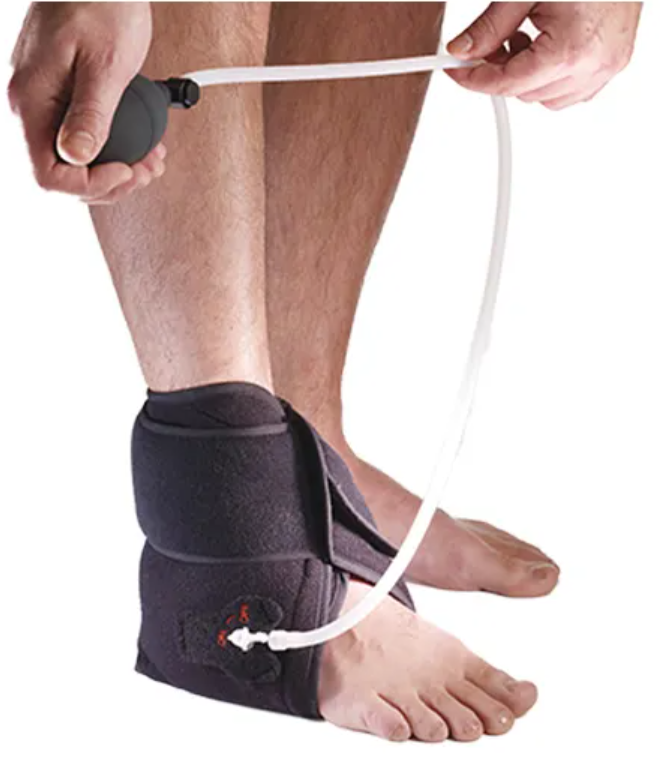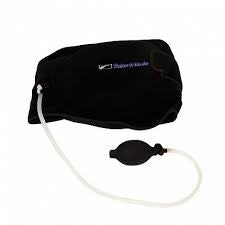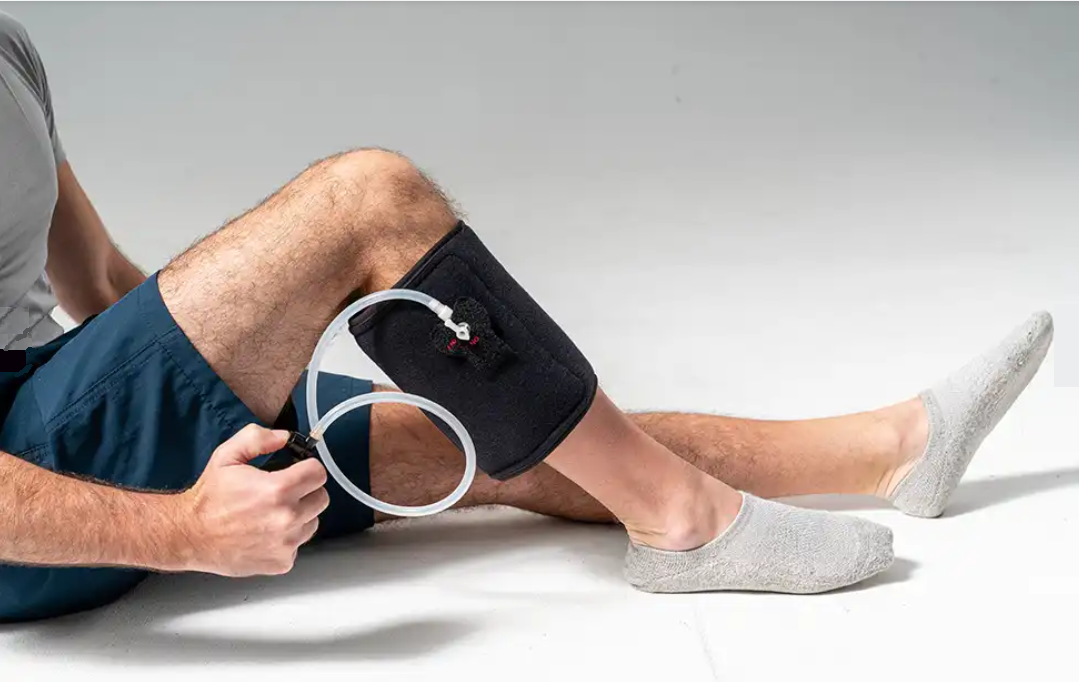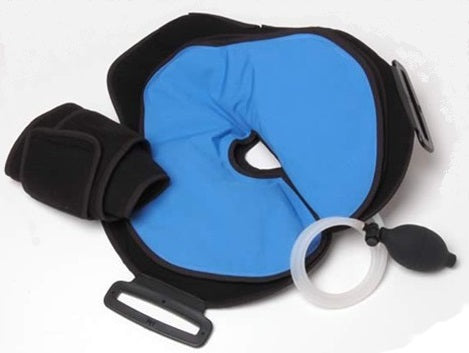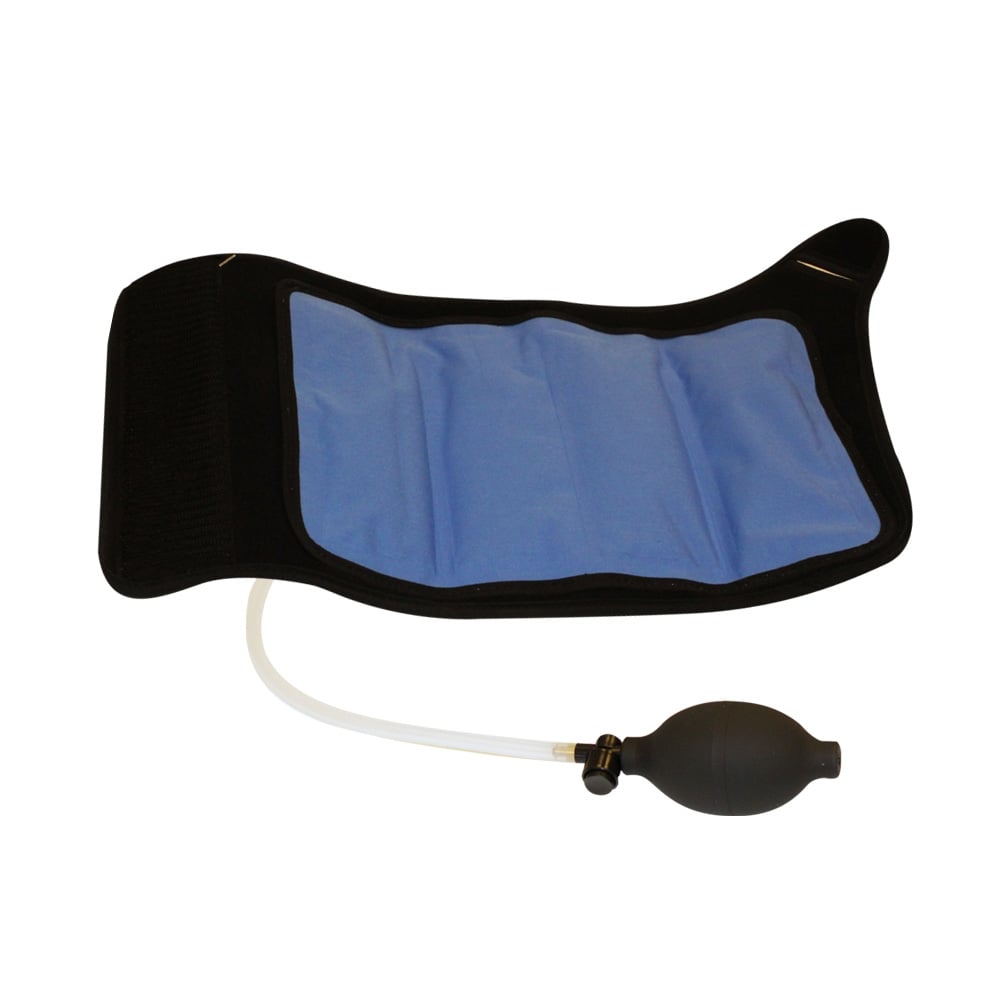ActivKare
Cryo Pneumatic Therapy for Arthritis, Injury and Recovery
Cryo Pneumatic Therapy for Arthritis, Injury and Recovery
Couldn't load pickup availability
***ALL CLEARANCE PRODUCTS ARE FINAL SALE. NO REFUNDS, NO RETURNS, NO REPLACEMENTS***
Cryo Compression Therapy
The concept is based on 3 aspects;
- Cold therapy is used for the treatment of inflammation, pain, and all injuries that require ice. The difference with these wraps is they’re dry! Great to use after sports and surgery and can help ease arthritis symptoms.
- Compression is used to create a greater cold effect, this cold penetrates deeper into the soft tissue making the treatment more effective and faster. By storing the gel wrap in the freezer it is infinitely reusable.
- The pump is used to create greater compression around an inflamed joint or muscle and also helps hold the cold wrap in place. When inflated the wrap can be used to stabilize the ankle, wrist, elbow, knee, and shoulder as the cold therapy is diffused 360 degrees on the joint. The back wrap can be adjusted to ease lower, middle, and upper back pain and can also be used on the hip.
Caution: Do not put the gel in the microwave or boiling water container. Always use already boiled water and let the gel bag sit there for a few minutes and use it.
Using Cold and Hot Gel compression wraps is a drug-free way to relieve pain and inflammation. The gel pack absorbs and delivers heat and cold for the doctor's recommended 20 minutes for highly effective therapy. Their dual action provides twice the therapeutic benefit in a single pack: start with cold to reduce swelling and bruising, then switch to heat for penetrating pain relief.
____________________________________________________________________________________________
What are the benefits of COLD therapy?
Cold therapy (a.k.a. cryotherapy) is one of the most common recommendations by doctors for injury prevention & recovery. Applying COLD immediately after an injury or physical trauma (the sooner the better) constricts blood flow & slows bleeding/swelling. COLD therapy reduces pain & muscle spasms. Also, applying COLD to the injured area decreases the metabolic rate of cells, which limits the risk of cell death after an injury and helps prevent long-term damage.
RECOMMENDED COLD THERAPY TIPS: You want to apply the cold gel pack and wrap during the first 24 hours following an injury when there is evidence of swelling and/or bleeding. Even if you don’t have an “injury,” it’s recommended to apply cold therapy after any physical activity to lessen the effects of wear & tear on the body.
RECOMMENDED HEAT TIPS: Heat should be introduced at least 24 hours after an injury, once swelling/bleeding has subsided. Since heat stimulates blood flow, it will actually worsen any swelling or bleeding if applied too soon. It’s recommended to apply heat prior to physical activity, to stimulate blood flow & warm-up muscles. Doing this will help prevent injuries during exercise.
IMPORTANT! To warm the gel packs the gel must first be at room temperature and placed in a large bowl in which boiling water can be added. Always place hot or cold wraps over light clothing or a towel for the first ten minutes and apply to the area of the body which needs therapy.
Cryotherapy, which literally means “cold therapy,” is a technique where the body is exposed to extremely cold temperatures for several minutes.
Cryotherapy can be delivered to just one area, or you can opt for whole-body cryotherapy. Localized cryotherapy can be administered in a number of ways, including through ice packs, ice massage, coolant sprays, ice baths, and even through probes administered into tissue.
The theory for whole-body cryotherapy (WBC) is that by immersing the body in extremely cold air for several minutes, you could receive a number of health benefits. The individual will stand in an enclosed chamber or a small enclosure that surrounds their body but has an opening for their head at the top. The enclosure will drop to between negative 200–300°F. They’ll stay in the ultra-low temperature air for between two and four minutes.
